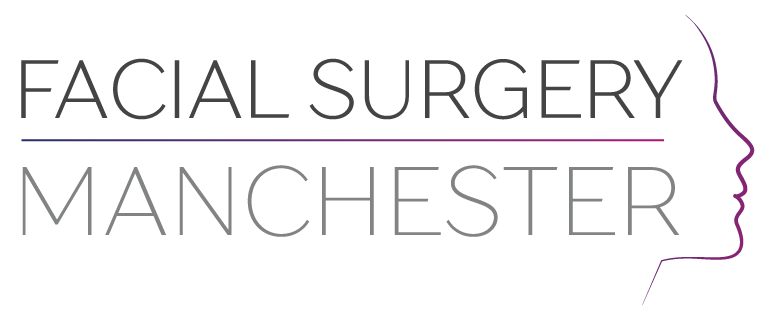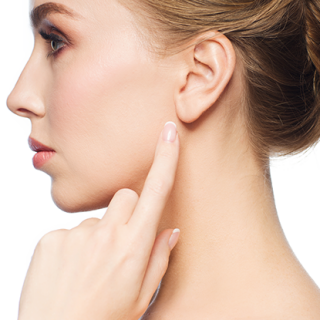Facial Surgery
Ear Correction
This is a surgical procedure which involves reshaping the ear and setting it closer to the head – commonly known as a procedure for ‘bat ears’ or ‘ears that stick out’ aiming to ‘pin them back’.
The actual size of the ear will not be changed significantly – this requires a different procedure.
Otoplasty simply means surgery to change the shape of the ears. While correction of prominent ears is the commonest procedure – this term applies to any operation to reshape the ears and would apply to cosmetic reshaping of the ear lobe & careful repair of torn ear-lobes where ear-rings have been dislodged. The remainder of this advice sheet relates to prominent ear correction (the commonest otoplasty carried out).


